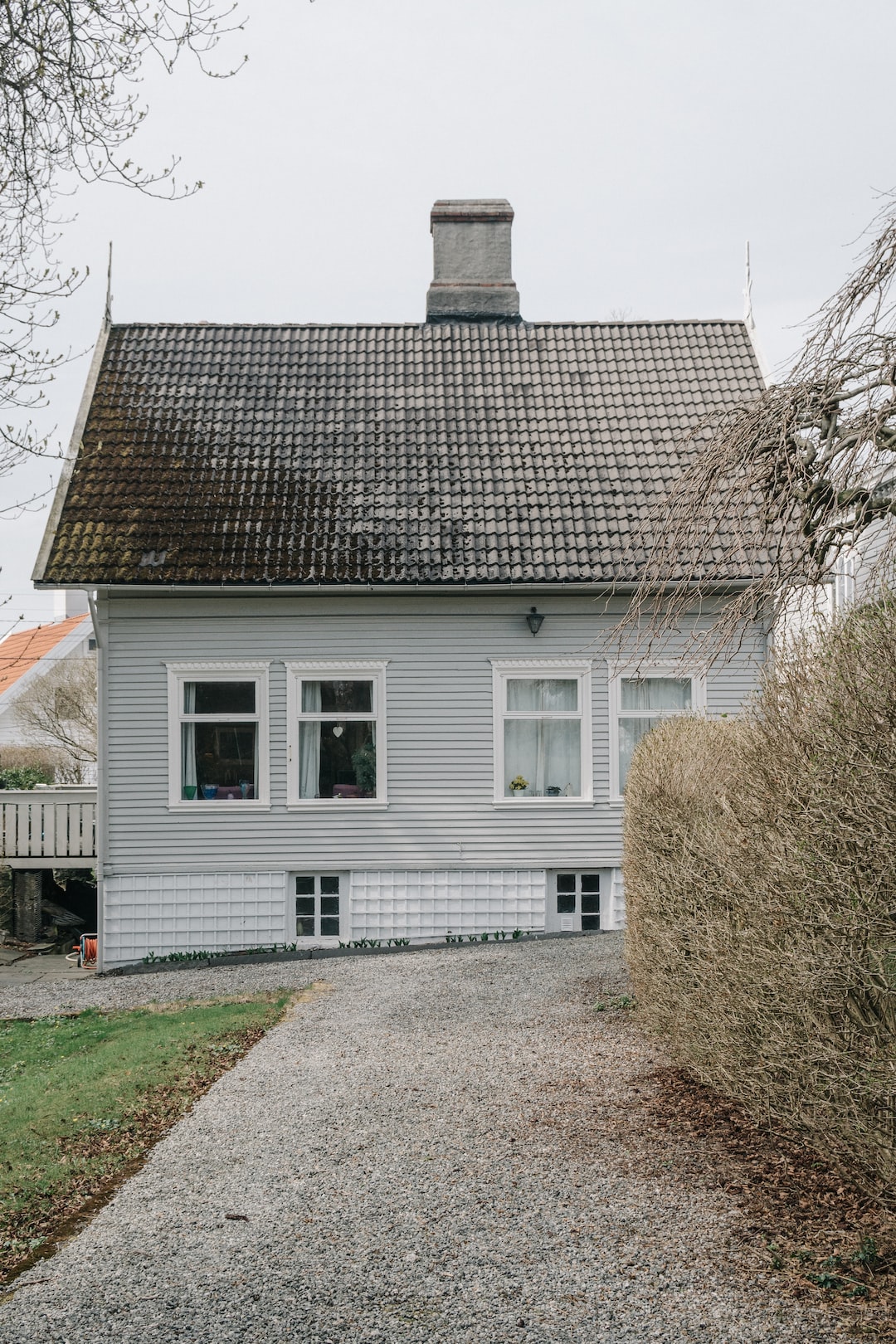Incorporating Biophilic Design in Your Home for a Health Boost
In today’s fast-paced world, where concrete jungles dominate our surroundings, it’s become more important than ever to reconnect with nature. Biophilic design offers a solution to this disconnect by bringing elements of nature into our living spaces. By incorporating biophilic design principles into your home, you can create an environment that not only looks beautiful but also boosts your health and well-being.
What is Biophilic Design?
Biophilic design is a concept that recognizes the innate human need for connection with nature. It aims to create environments that mimic natural surroundings, incorporating elements such as natural light, plants, and natural materials. This design philosophy acknowledges the profound impact nature has on our mental and physical health and seeks to replicate those benefits in our built environments.
Enhancing Mental Well-being
Numerous studies have shown that exposure to nature has a positive impact on mental well-being. Incorporating biophilic design elements in your home can help reduce stress and anxiety levels, improve cognitive function, and increase overall happiness.
One way to achieve this is through the use of natural light. Install large windows that allow abundant sunlight to flood your living spaces. Natural light has been shown to boost mood and productivity, and can even help regulate your circadian rhythm, promoting better sleep patterns.
Another effective way to incorporate biophilic design is by adding indoor plants. Plants not only beautify your home but also purify the air, increasing humidity and reducing toxins. Research has shown that being surrounded by plants can reduce stress, boost creativity, and improve focus and concentration.
Using natural materials, such as wood and stone, can also contribute to a calming and soothing environment. These materials evoke a sense of authenticity and connection with nature, providing a tactile experience that has been shown to reduce stress levels.
Boosting Physical Health
Biophilic design is not only beneficial for mental well-being but also has a positive impact on physical health. By incorporating elements of nature, you can create an environment that supports physical well-being and encourages healthy behaviors.
For instance, incorporating water elements, such as indoor fountains or aquariums, can improve air quality by increasing humidity and reducing dust particles. The sound of flowing water can also have a calming effect, promoting relaxation and reducing blood pressure levels.
Additionally, designing spaces that encourage physical activity can have a significant impact on overall health. Create areas that inspire movement, such as a home gym or a yoga space with large mirrors and natural light. This will not only motivate you to exercise more but also improve your overall fitness and well-being.
Connecting with Nature
Incorporating biophilic design principles into your home allows you to establish a deeper connection with the natural world. This connection, in turn, can promote mindfulness and a greater appreciation for the environment.
Designing your home to have views of nature, whether it’s a garden, a nearby park, or a courtyard, can provide a sense of tranquility and offer a respite from the busyness of modern life. Spending time connecting with nature, even if only from the comfort of your own home, can reduce stress levels and improve overall happiness.
Conclusion
Incorporating biophilic design in your home is not just a matter of aesthetics but a powerful tool to enhance your health and well-being. By bringing elements of nature into your living spaces, you can create a sanctuary where your mental and physical health flourish. Whether it’s allowing natural light to flood your home, surrounding yourself with plants, or using natural materials, embracing biophilic design principles will undoubtedly provide a health boost for you and your family.


